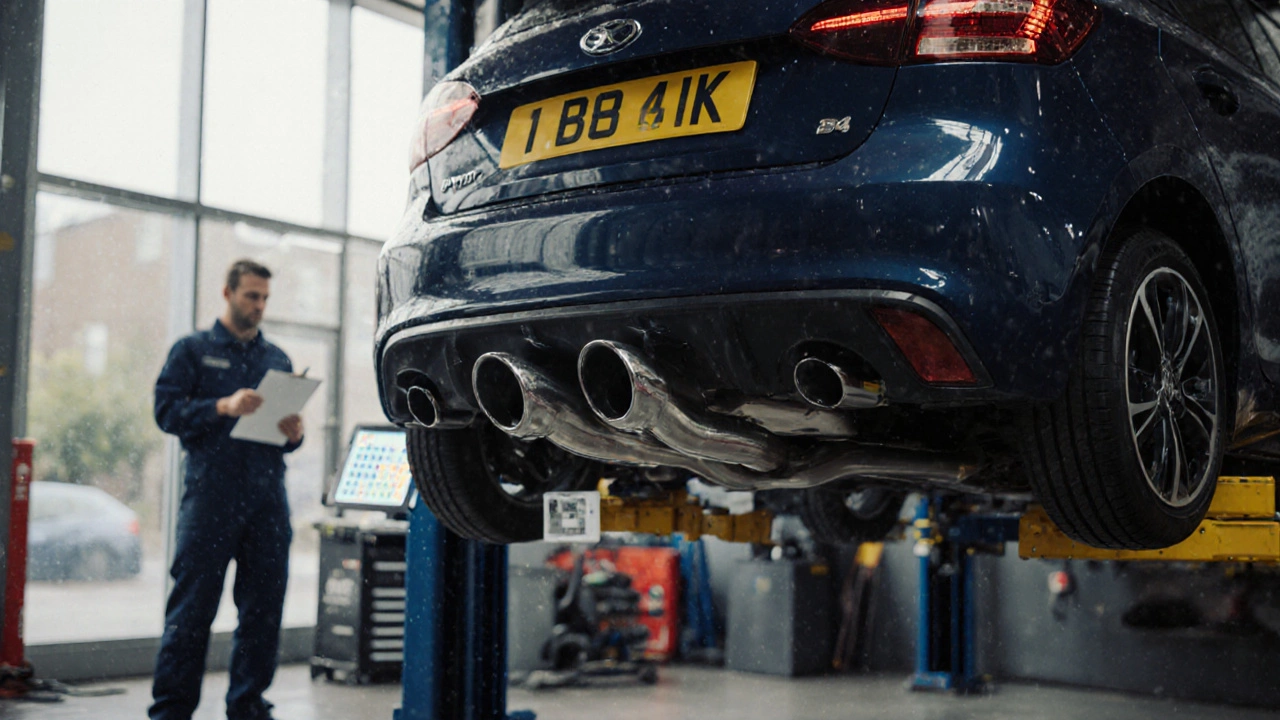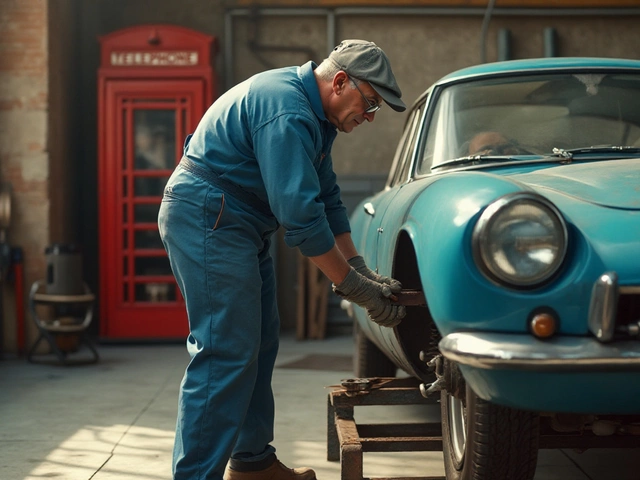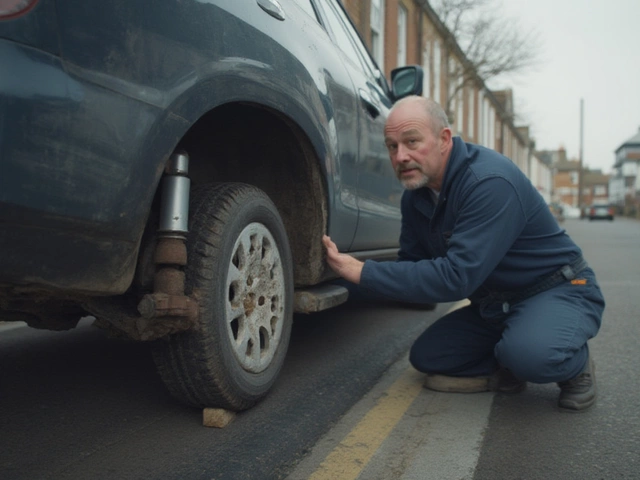Car Exhaust Installation Made Easy
If your car sounds louder than usual or throws out weird smells, it might be time for a new exhaust. A proper exhaust keeps the engine breathing, reduces noise, and keeps emissions low. Knowing the basics before you start can save you time, money, and headaches.
When Should You Replace Your Exhaust?
Look for rust spots or holes in the pipe – even a small crack can let exhaust fumes into the cabin. If you hear rattling, hissing, or a sudden drop in fuel economy, those are clear signs the system is failing. A failing muffler can also cause a loud, booming noise that makes everyday driving uncomfortable.
Another red flag is the check‑engine light flashing because the sensor spots excess emissions. In most cases, the repair isn’t just cosmetic; a broken exhaust can damage other components like the catalytic converter, which is expensive to replace.
DIY vs. Professional Installation
Many owners think they can bolt a new exhaust on themselves to cut costs. If you have basic tools – a socket set, a jack, and some safety gear – a simple bolt‑on system can be swapped in an afternoon. Make sure the vehicle is on a flat surface, use jack stands, and disconnect the battery before you start.
However, not every exhaust is a straight‑forward bolt‑on. Some models have welded sections or require cutting and welding. If you’re not comfortable with a torch, it’s safer to let a professional handle it. A shop will also check the alignment, torque the bolts to spec, and test for leaks.
Professional installation usually costs between £150 and £400 for a standard exhaust, plus labor. High‑performance or custom exhausts can run higher, especially if welding or custom brackets are needed. Ask for a written estimate so you know exactly what you’re paying for.DIY costs are mainly for the parts and any special tools you might need. A quality aftermarket exhaust for a typical compact car costs around £120‑£250. Add the price of a torque wrench if you don’t already have one, and you’re looking at a total under £300 – a solid saving if you can do the work safely.
Before you decide, check your local MOT requirements. In the UK, a badly fitted exhaust can fail the test, leading to extra expense. Make sure any modifications comply with emission standards and noise limits.
Once the new exhaust is on, give it a quick check. Start the engine and listen for any unusual sounds. Feel around the joints for air leaks. A short test drive will confirm everything is sealed and quiet.
Regular maintenance keeps the system in shape. Inspect the exhaust for rust after winter road salt, and clean any buildup that could cause corrosion. A quick visual check every few months can catch problems before they become costly repairs.
In short, a well‑installed exhaust improves performance, saves fuel, and keeps you safe. Whether you choose to do it yourself or go to a garage, follow the steps above and you’ll have a quieter, cleaner‑running car in no time.
 2 October 2025
2 October 2025
New Exhaust System Cost: UK Price Guide 2025
Discover UK price ranges for a new exhaust system in 2025, from budget kits to performance setups, with labour costs, DIY tips and a handy comparison table.
Latest Posts
-

Signs of a Damaged Suspension: How to Identify Issues Early
-

How to Spot Bad Suspension Shocks: Warning Signs and Solutions for Your Car
-

Car Radiator Price UK (2025): Parts, Labour, and Real Fitted Costs
-

Identifying Noises from Faulty Car Suspension: What to Listen For
-

Are Filtrete Filters Worth the Money for Cleaner Air?

0